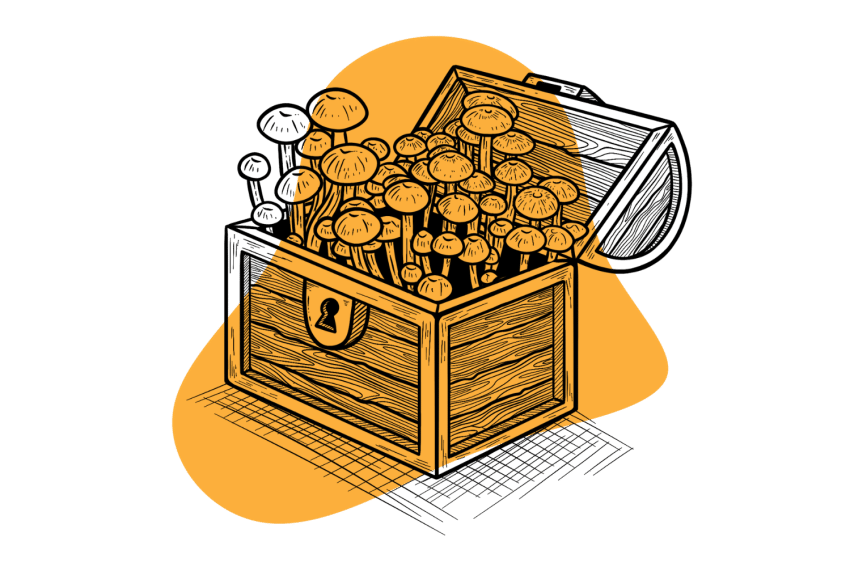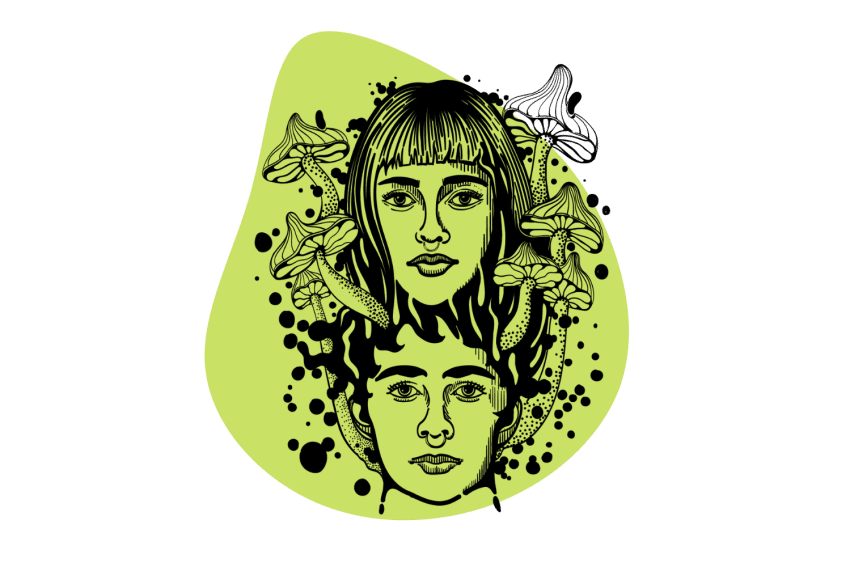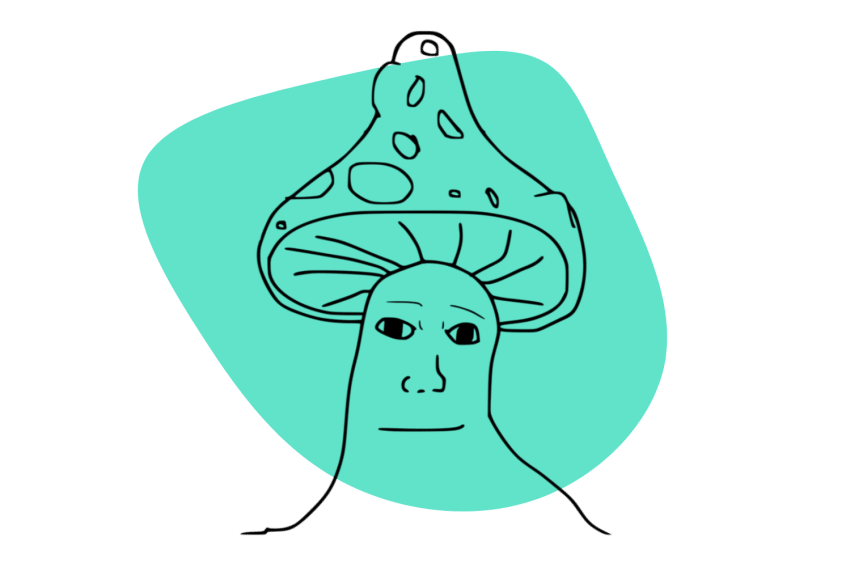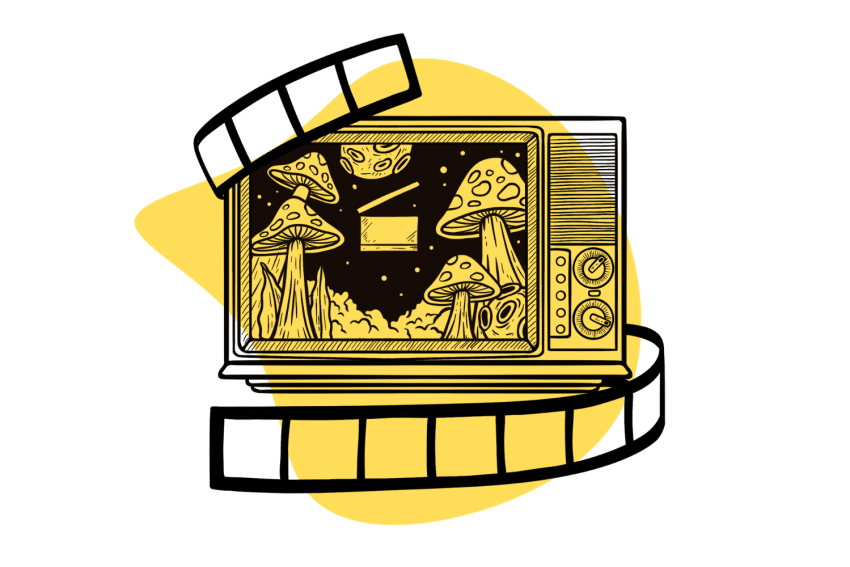Wavy Wildlife: Which Animals Take Psychedelics, & Why?
Animals like to take a break from reality once in a while, too.
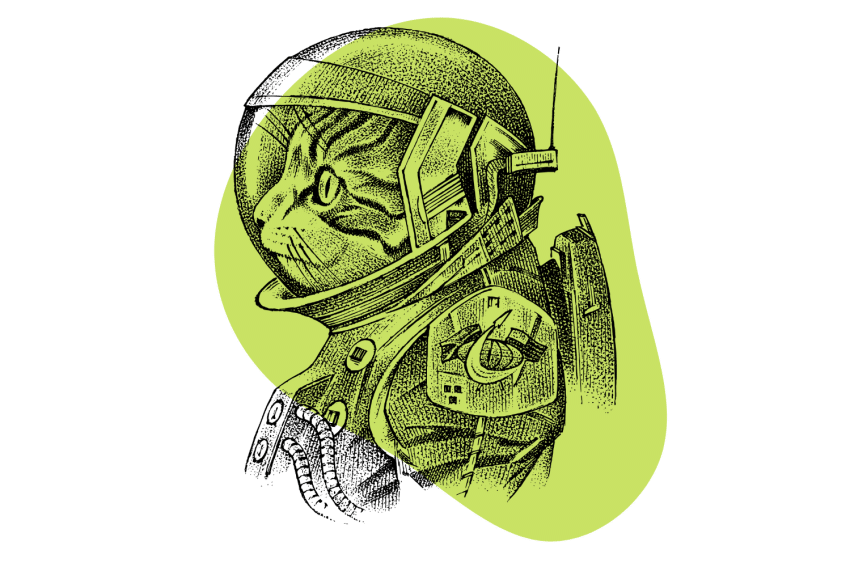
It’s not just people that enjoy psychedelics — animals enjoy getting a little wavy sometimes too, and I don’t mean accidentally. Several species of animals actively seek out mind-altering substances.
In most cases, it is unclear why some animals enjoy getting high or a little trippy. However, many news reporters and wildlife documentary filmmakers have observed animals seeking out and consuming psychedelic plants, fungi, and even toxin-producing fish.
We’ll look into some of the psychedelic substances animals take and, of course, the animals consuming them. We’ll also try to discover why some species choose to “get high.”
What Psychedelics Do Some Animals Eat?
Animals have been known to chow down on several different types of psychoactive substances.
Some animals, especially grazing animals and livestock, eat magic mushrooms. Reindeer in Northern Europe have been seen eating Fly Agaric (Amanita muscaria), and cattle, sheep, and horses have been noted to chomp down on a Liberty Cap (Psilocybe semilanceata) or two every once in a while.
Other animals, such as the bighorn sheep of North America, seek out lesser-known psychoactive substances, at least to us humans. These sheep traverse over rocky mountain terrain searching for psychoactive lichen and can be seen scraping it off the rocks with their teeth.
It’s not just land-dwelling animals that like to get a little trippy, either. The rough-toothed dolphin pokes around at puffer fish to absorb the toxins it releases. Certain puffer fish produce chemicals in the skin that can be intoxicating when consumed in small amounts.
Other species of animals eat opium poppies, intoxicating Locoweed, and even vines that are used to create the psychedelic brew ayahuasca.
So, why do animals choose to seek out and consume psychedelic substances? What do we know?
Why Do Some Animals Consume Psychedelics?
It wouldn’t be unrealistic to assume certain species seek out psychoactive compounds purely for enjoyment. We, as humans, consume psychoactive compounds for fun, and we’re not so different from other species in the animal kingdom.
Other animals may end up munching on a psychoactive plant or fungus accidentally. A good example of this are predators of the Bufo alvarius toad. These toads secrete venom on their backs that contains the potent psychedelic compound 5-MeO-DMT as a defense mechanism. A few nips on the back of these toads are enough to blast their predators off into outer space for about 30 minutes — just enough time to hop away. Coyotes flip these toads on their back and eat them from the belly. It appears these coyotes are actively trying to avoid getting dosed.
Some species, such as bighorn sheep, seem to be addicted to the psychoactive lichen they scrape off the stones in certain parts of the Rocky Mountains of Canada and the United States.
Other animals eat psychoactive substances medicinally. And no, I don’t mean to cure their depression or anxiety. Rather, certain species ingest beneficial organisms for their digestion or perhaps help remove parasites. The animals know these organisms have psychedelic side effects, but go ahead and eat them anyway to reap the other benefits.
Jaguars do this with the yagé vine in the Amazon. They eat and regurgitate the vine to help cleanse their stomachs even though they know about, and perhaps enjoy, the psychedelic effects following.
Which Animals Take Psychedelics?
You’ve likely seen the videos of African animals getting drunk from eating fermented Marula fruits or squirrels that are a bit wobbly from eating too many fermented crab apples. It’s not just alcohol that wild and domesticated animals stumble across.
Of course, animals can accidentally eat psychoactive substances of any kind. A dog wouldn’t turn his nose down at a batch of weed brownies if it were in front of him. Animals unknowingly eat all kinds of substances, but what’s more interesting is that certain species seek out substances and seemingly consume them with the intention of “getting high.”
Here are ten animals that knowingly enjoy a munch on psychedelic and intoxicating substances:
1. Domestic Cats (Felis catus)
Catnip (Nepeta cataria) is a member of the mint family. This herbaceous plant produces an intoxicating chemical called nepetalactone. When this chemical is inhaled or ingested by cats, it can cause some psychoactive effects.
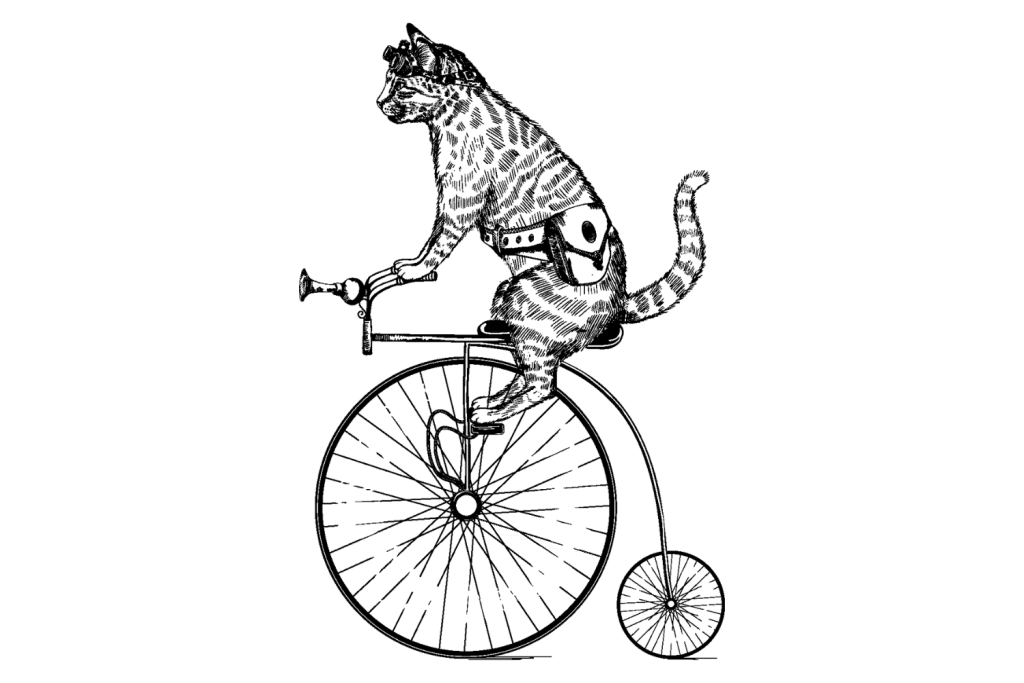
This herb can cause cats to become hyperactive, dopey, and a little trippy. When you observe cats around catnip, you can tell they enjoy it. They actively seek it out and rub themselves up against it.
It’s not just domestic cats that enjoy the effects of catnip either. Big cats such as lions, tigers, cougars, leopards, and lynxes enjoy this psychedelic herb for felines. Some zoos even give their big cats bails of catnip to enjoy every now and then.
2. Reindeer (Rangifer tarandus)
Biologists have observed reindeer actively seeking out Fly Agaric mushrooms and consuming them — seemingly to experience their hallucinogenic effects. After eating these shrooms, the reindeer run around in circles, twitching their heads and making unusual noises.
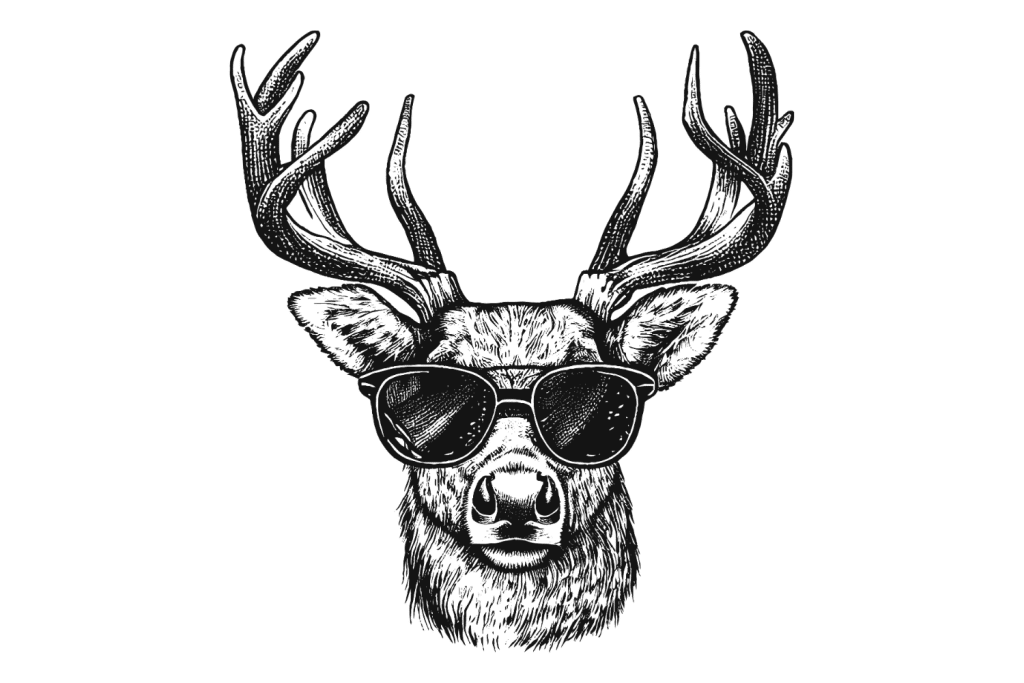
These animals seem to experience effects similar to being drunk. They clearly know what these shrooms do when they seek out and consume them. It seems like Santa’s reindeer gets “high” enough to fly his sleigh. A few researchers have made connections with the origins of the Santa Claus story, reindeer, and the Fly Agaric mushroom.
The shamans of old used to harvest their reindeer’s urine and drink it to experience the psychedelic effects of the Amanita mushroom without the harmful toxins. Some have speculated that the red and white colors of the shroom, the shaman’s use of the mushroom, and the reindeer they’ve farmed for centuries may have something to do with the Santa Claus story.
3. Rough-Toothed Dolphins (Steno bredanensis)
Rough-toothed dolphins have been observed getting high on the toxins excreted by inflated pufferfish.
In 1995, a marine biologist named Lisa Steiner observed a pod of rough-toothed dolphins in the Azores [1]. She noticed the pod pushing around an inflated puffer fish as some kind of game.

Dolphins are playful creatures, so this kind of behavior doesn’t seem strange at first glance. What’s odd is that puffer fish produce tetrodotoxin — one of the most deadly toxins on the planet. However, when consumed in small amounts, tetrodotoxins can have intoxicating effects.
Steiner discovered that the dolphins were consuming small amounts of this toxin to get high.
A BBC documentary on dolphins called “Spy in the Pod” also observed this behavior and captured it on film in the episode titled “Pass the Puffer.” In the film, the dolphins seek out puffer fish and pass them around by knocking them with their noses, nibbling them here and there.
Dolphins are incredibly intelligent animals, and this isn’t a one-time phenomenon. It seems these marine mammals like to unwind underwater by using psychoactive substances as we humans do on land.
Related: That One Time NASA Gave Dolphins LSD
4. Wallabies (Macropodidae)
The next strange bit of behavior from wildlife comes from the island of Tasmania in Australia. Poppy farmers on the island have reported wallabies stumbling across their fields to consume the opium-filled poppy plants.
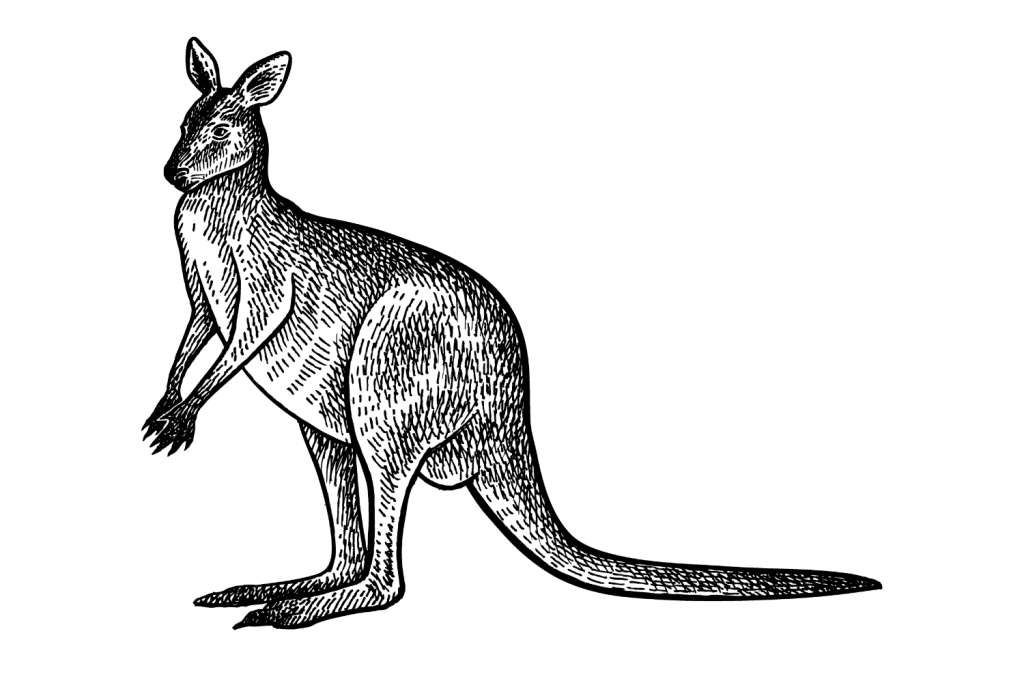
According to a report by the BBC, these experimental marsupials would start running around in circles after eating the poppies, then collapse on the ground and pass out for a few hours while they came down off their opium-fueled high.
The poppy farmers have also reported seeing crop circles in their poppy plantations. However, these circles weren’t the work of aliens or people looking to create a hoax for the local newspapers; it was high wallabies running around the field eating the farmer’s crops.
5. Jaguars (Panthera onca)
Jaguars have been recorded several times eating the yagé vine (Banisteriopsis caapi). This vine grows almost everywhere in the Amazon Rainforest, and it’s one of the key ingredients for making ayahuasca — a psychedelic brew that contains the psychedelic compound N,N-Dimethyltryptamine (DMT for short).
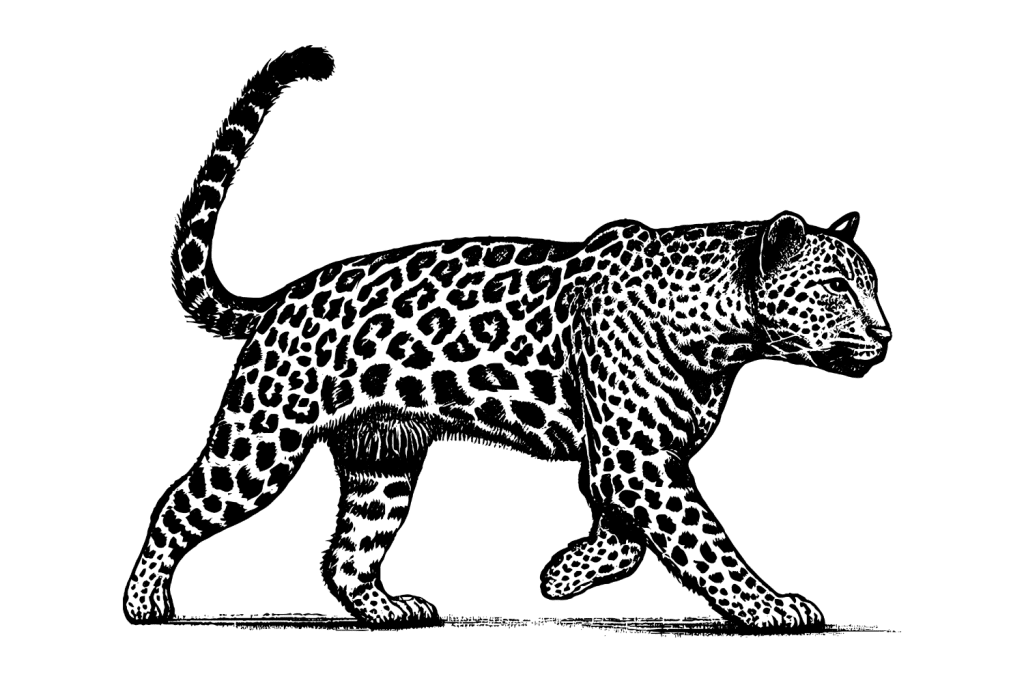
After munching this psychedelic vine, the jaguars go from a fearless, intimidating apex predator to a soft, cuddly, intoxicated cat. You can see a clip of a jaguar under the influence of the yagé vine on the “Peculiar Potions” episode of the BBC series “Weird Nature.”
In the scene, the big cat is eating these vine leaves and acting like a clumsy domestic cat on catnip. The jaguar rolls around on the forest floor and looks at the sky like it’s having a psychedelic trip.
The local people consume the yagé vine to alter their states of consciousness. They believe that the brew gives them the hunting abilities of the jaguar and claim that jaguars eat these leaves to improve their hunting abilities.
It’s more likely that jaguars eat leaves and regurgitate them to cleanse their stomachs, but do they also know that these psychoactive leaves get them high before they eat them?
6. Mandrills (Mandrillus sphinx)
Mandrills (a close relative of the baboon) have been seen digging up the roots of the iboga plant and eating them. The fruits, leaves, and roots of this plant contain a psychedelic compound called ibogaine. This compound is most concentrated in the bark and roots of the iboga plant.
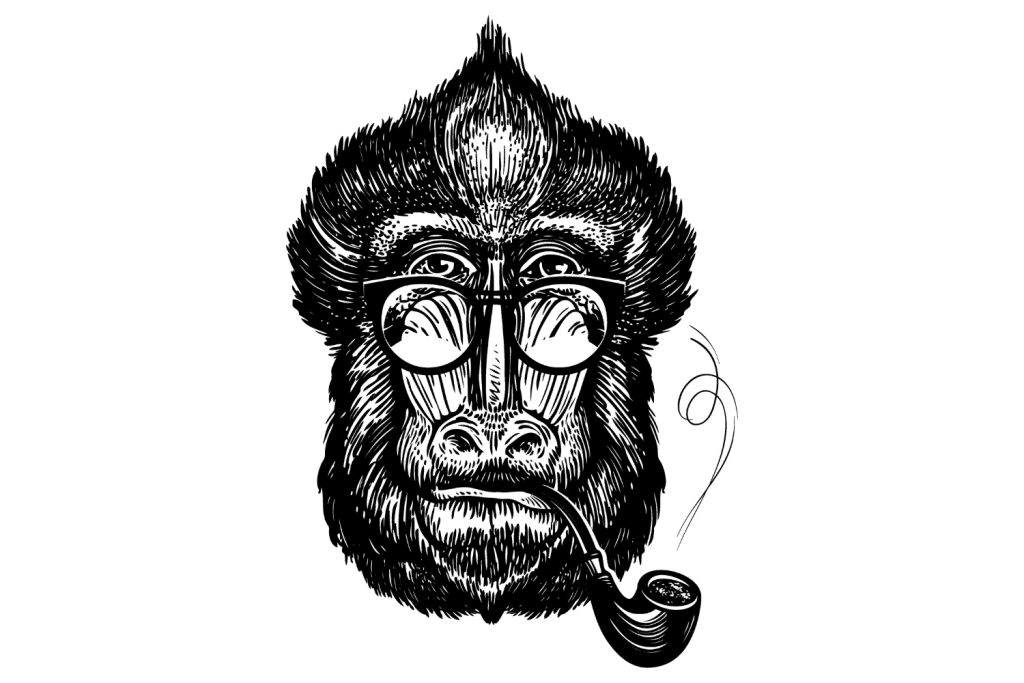
Mandrills consume the roots of this plant before entering conflicts of dominance with other mandrills. It’s speculated that these primates use the iboga root as some kind of performance-enhancing drug.
An Italian ethnobotanist, Giorgio Samorini, describes his conversation with a Mitsogho shaman from Gabon in the Congo in his book “Animals and Psychedelics.” The shaman told Giorgio that male mandrills eat the roots to hype themselves up before a competition.
According to the passage in the book, mandrills seek out the iboga plant, uproot it, and consume only the roots — the most psychoactive part of the plant. It’s believed that the effects of this plant could improve the primate’s reaction times and dull pain.
7. Lemurs (Lemuroidea)
Lemurs, specifically red-fronted lemurs, chew on toxic millipedes. These primates don’t necessarily seek out the creepy crawlies to get high. Instead, they chew and rub them on their bodies before swallowing them to help relieve irritation from parasites.
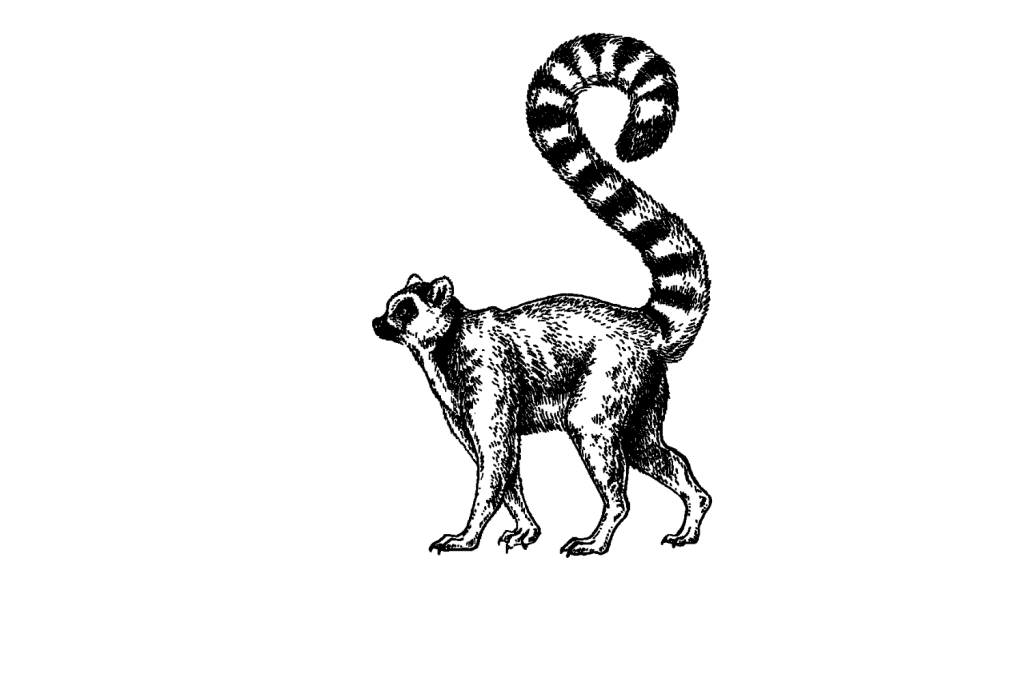
These millipedes secrete benzoquinone — a compound known for its insect-repellent qualities [2]. However, benzoquinone and other toxins in Madagascan millipedes could intoxicate the primates.
Very little is known about the lemur’s use of the millipede. We’re certain that they use it medicinally rather than recreationally, as some other animals do, but they likely experience some intoxicating side effects after ingestion.
8. Bighorn Sheep (Ovis canadensis)
In the Rocky Mountains of British Columbia, bighorn sheep traverse the deadly-steep mountainsides and conquer peaks, searching for psychoactive lichen to eat. These sheep go where humans and other animals dare not, simply to seek a lichen that grows at high altitudes on rocky ground.
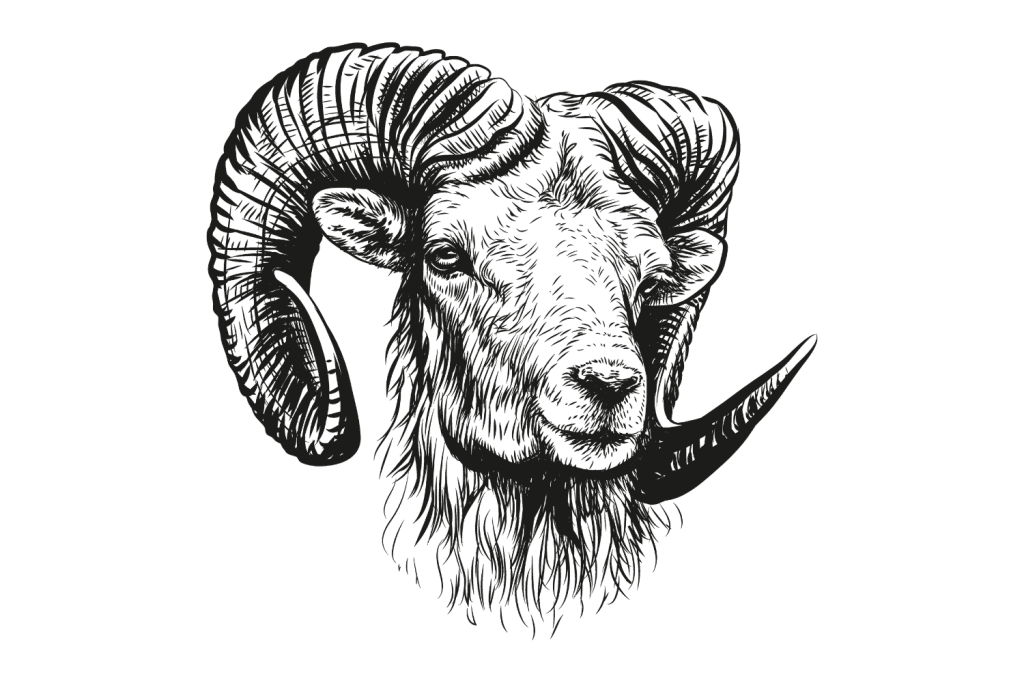
Bighorn sheep are flock animals and rarely stray far from the group. However, one thing that’s tempting enough is the peculiar lichen. Some sheep seem almost addicted to the stuff and risk life and limb to find it.
Some bighorn sheep are seemingly so addicted to the narcotic lichen that they’ll wear their teeth down to the gums just to scrape off every last bit of the lichen from the hard mountain stone [3].
9. Cows (Bos taurus)
In America’s Midwest, one of the first plants to spring up on the great plains is Locoweed (Astragalus nothoxys). Locoweed gets its name because, when ingested, it can make you “loco” — meaning crazy in Spanish.
This low-growing plant is incredibly high in protein, which makes it attractive to cattle. However, its foliage and flowers also contain a deadly phytotoxin that can cause hallucinations, energetic behavior, and disorientation.
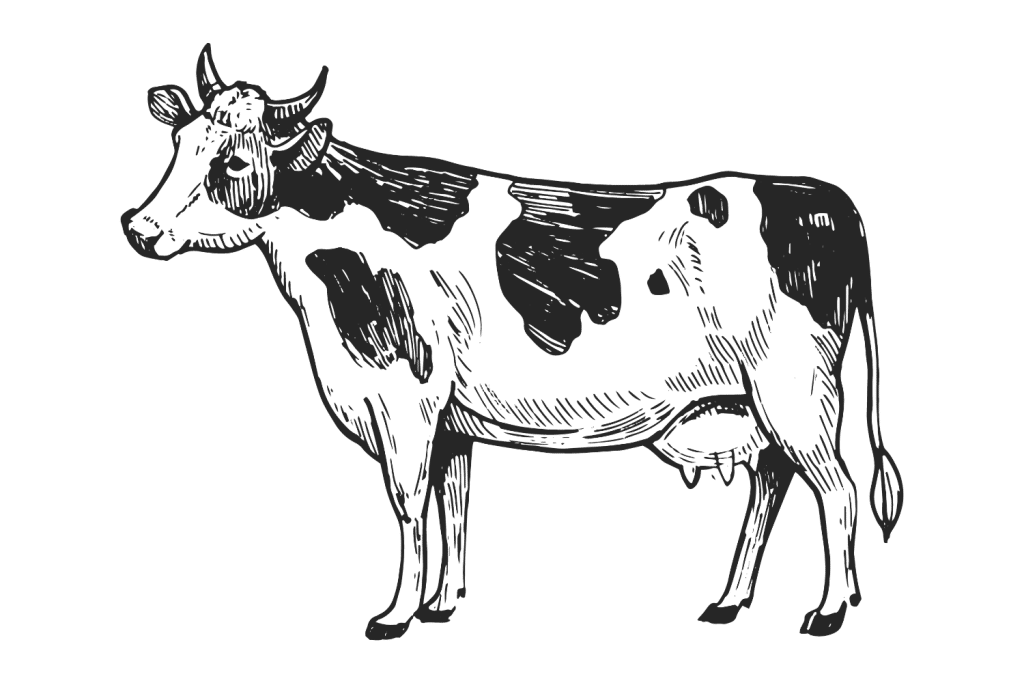
Since this is one of the first plants to spring up in the plains, it’s often one of the only food sources in an otherwise depleted environment. The cows don’t consume this plant for its psychedelic effects but rather because it’s the only option, apart from going hungry.
When cows chow down on Locoweed, they experience the toxin’s effects shortly after. They can act energetically and run around in circles like “mad cows.” Once the toxicity level increases, they can become “stoned,” lethargic, and disoriented.
Have you ever seen a cow standing and staring into the distance or acting crazy? It could be tripping on Locoweed or another psychoactive substance.
Cows also unintentionally eat Jimson weed (Datura stramonium) — a species belonging to the nightshade family. When the flowers and seeds of this plant are consumed, they can cause hallucinations, amnesia, confusion, and psychosis.
Cattle that have consumed Datura act excited, nervous, and “spaced out.” If cattle eat large amounts of the substance, they can develop tremors, bloat, anorexia, and, in some cases, die.
10. Horses (Equus caballus)
Like the cows of America’s Midwest, horses in similar environments can fall victim to Locoweed and Jimson weed. Several farmers have reported their horses acting crazy and disoriented after ingesting the plants. In some cases, riders have been thrown off their horses’ backs because they’re too high to walk.
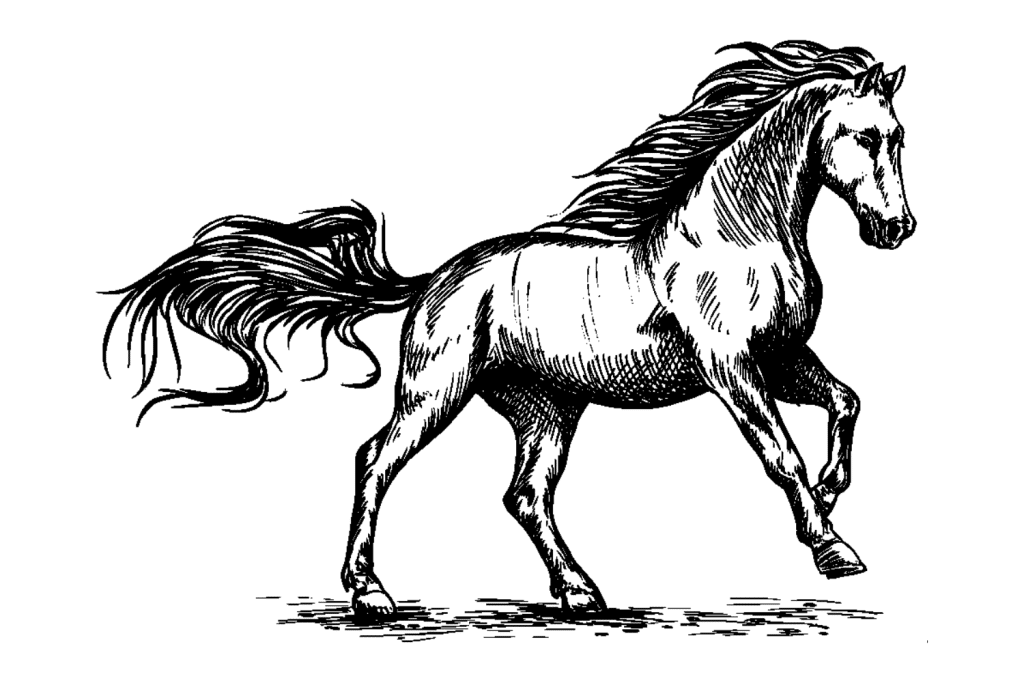
Horses in Europe have also been seen eating the psychedelic fungus Psilocybe semilanceata (Liberty Caps). A horse is a big animal, so they’d likely have to eat a lot of these small shrooms to experience any significant psychedelic effects. However, some horses have taken a liking to them.
Many horse owners go to forums such as Reddit to find out whether Liberty Caps are harmful to their beloved pets. Some claim that their horses have a taste for the shrooms and walk around the field grazing on Liberty Cap patches specifically.
Some report that their horses have acted a little odd during the mushroom season, whereas others have said they’ve seen no effect after ingesting the shrooms.
What do you think? Do horses eat magic mushrooms to get a little trippy, or are they simply a tasty treat?
11. Moray Eel (Muraenidae)
The moray eel often lives in the same habitat as the blue-ringed octopus. All octopuses contain venom that paralyzes their prey, but the blue-ringed octopus has one of the strongest tetrodotoxins [4].
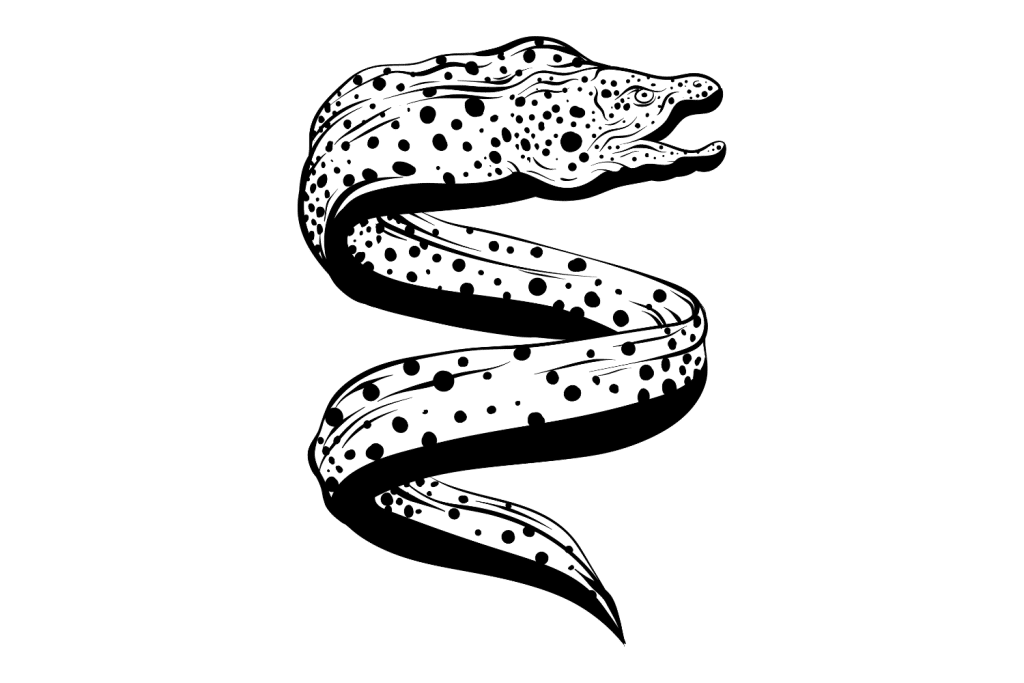
The favorite food of the moray eel is the octopus. Usually, the toxins in the octopus venom aren’t enough to cause issues for the eels. However, when encountering and eating a blue-ringed octopus, they may experience some psychoactive effects.
The moray eel actively searches for blue-ringed octopuses that dwell in their territories. The eels have been observed exploring every nook and cranny in the reefs where they live to find and eat them. Although this is likely a territorial and instinctual behavior, there’s a chance they’re seeking out “a buzz.”
When blue-ringed octopuses are threatened or actively hunting, they excrete their venom into the water around them. When fish or mollusks come into contact with tetrodotoxins, they become paralyzed. However, when a larger creature such as the moray eel goes near it, they likely receive some sort of high.
When people have been poisoned by the blue-ringed octopus, the effects are similar to mescaline and can be fatal in some cases. We don’t know whether or not the moray eel feels similar effects, but there’s possibly some sort of intoxication.
FAQs: Animals & Psychedelics
Here are some of the main questions we’ve been asked about this topic…
1. Are There Any Animals That Produce Psychedelic Substances?
Many animals produce intoxicating substances, many of which are psychedelic. Here are some of the animals that are known to have psychedelic substances:
- Colorado river toad (Bufo alvarius) — produces 5-MeO-DMT and bufotenin
- Asiatic toad (Bufo gargarizans) & some tree frogs — produce bufotenin
- Tree frogs in the genus Phyllomedusa — produce opioid peptides, including deltorphin, deltorphin I, deltorphin II, and dermorphin
- Some species of sea sponges — produce DMT analogs: 5-Bromo-DMT, 5,6-Dibromo-DMT, & NMT
- Some species of puffer fish — produce tetrodotoxins
- Some species of octopus — produce tetrodotoxins
- Dreamfish (Sarpa salpa) — produces psychedelic effects similar to LSD
2. Are the Effects of Psychedelics On Animals Similar to Their Effects On People?
Many animals are biologically similar to humans. Most mammals will experience similar effects to humans when they’re administered psychedelic substances because they share many of the same receptors as us.
Fish, insects, and arachnids also display similar effects when psychedelic substances are given to them. In fact, tilapia, zebrafish, rainbow trout, and goldfish are commonly used in scientific testing because they display similar yet simpler systems to humans.
However, not all animals will react the same to psychedelic substances as we do, and it’s difficult to gauge what the animal is “experiencing” in terms of effects.
3. Is It Safe to Give Psychedelics to Animals?
It’s not safe to give any animal a psychedelic substance such as LSD, psilocybin, or DMT. Under no circumstances should you feed your pet, livestock, or working animal any psychedelic substance that humans consume.
There are one or two substances that you can give animals:
Catnip (Nepeta criteria) is a plant that’s a member of the mint family. When consumed by most animals, the plant has no psychoactive effects. However, giving catnip to feline animals (cats) can make them relaxed, euphoric, playful, and visibly excited.
Although catnip doesn’t work on dogs, there is a so-called “dog nip.” Anise (Pimpinella anisum), when given to dogs in moderation, can have stimulative and euphoric effects. After ingesting anise treats or playing with infused toys, most dogs become noticeably more excited and playful.
4. What Should You Do if Your Pet Eats a Psychedelic Substance?
If your pet consumes a psychedelic substance — other than those that are safe (catnip/anise) — take them to the veterinarian (animal hospital) immediately.
The vet might give your pet activated charcoal to induce vomiting and put him on an intravenous line (IV) to flush the body of the toxins.
Don’t hesitate if you suspect that your pet has eaten a psychedelic substance of any kind. Although the substance may not be life-threatening for humans, it could cause serious harm to your pet.
5. Which Animals Are Used in Psychedelic Research?
Some animals are used in scientific studies to test the behavioral, physical, and potential medical effects of psychedelic substances such as LSD, psilocybin, and DMT. Now, most psychedelic testing is performed on either human or rodent subjects, but other animals have been used as test subjects in the past.
The animals that are/ have been used in the study of psychedelics include:
- Guinea pigs
- Hamsters
- Mice
- Spiders
- Zebrafish
- Nile Tilapia
- Rainbow trout
- Goldfish
- Macaque monkeys (not commonly used)
- Marmosets (not commonly used)
- Elephants — this happened a few times: once when scientists injected “Tusko the Elephant” with LSD in 1962 and again when two elephants were injected with LSD in 1984
- Dolphins — bottlenose dolphins were administered LSD in a NASA-funded project during the 1960s
References
- Steiner, L. (1995). Rough-toothed dolphin, Steno bredanensis: a new species record for the Azores, with some notes on behaviour. ARQUIPÉLAGO. Ciências Biológicas e Marinhas= Life and Marine Sciences, 13, 125-127.
- Peckre, L. R., Defolie, C., Kappeler, P. M., & Fichtel, C. (2018). Potential self-medication using millipede secretions in red-fronted lemurs: combining anointment and ingestion for a joint action against gastrointestinal parasites? Primates, 59(5), 483-494.
- Calvey, T. (2017). The extended evolutionary synthesis and addiction: the price we pay for adaptability. Progress in brain research, 235, 1-18.
- Trim, C. M., Byrne, L. J., & Trim, S. A. (2021). Utilisation of compounds from venoms in drug discovery. Progress in Medicinal Chemistry, 60, 1-66.



